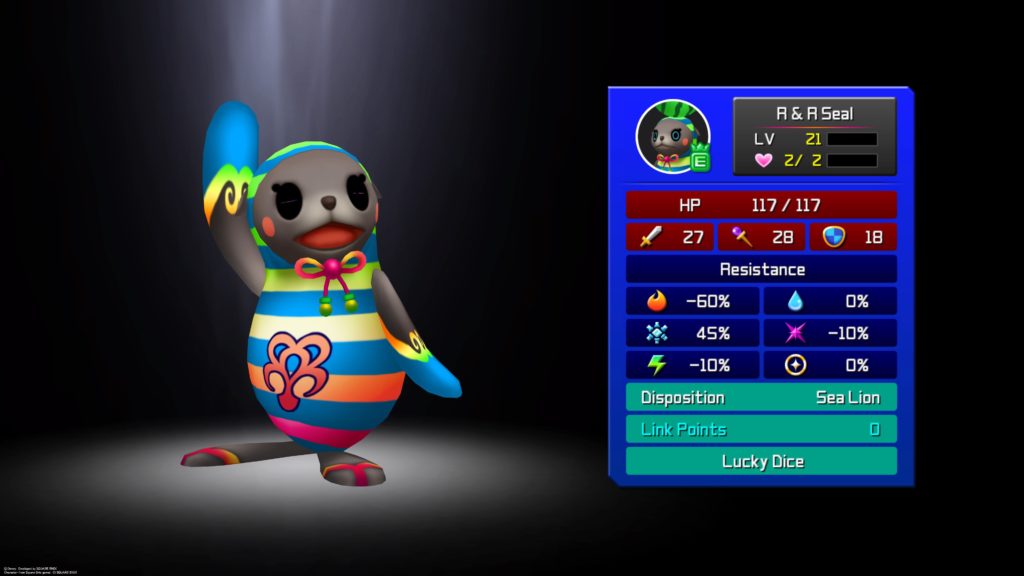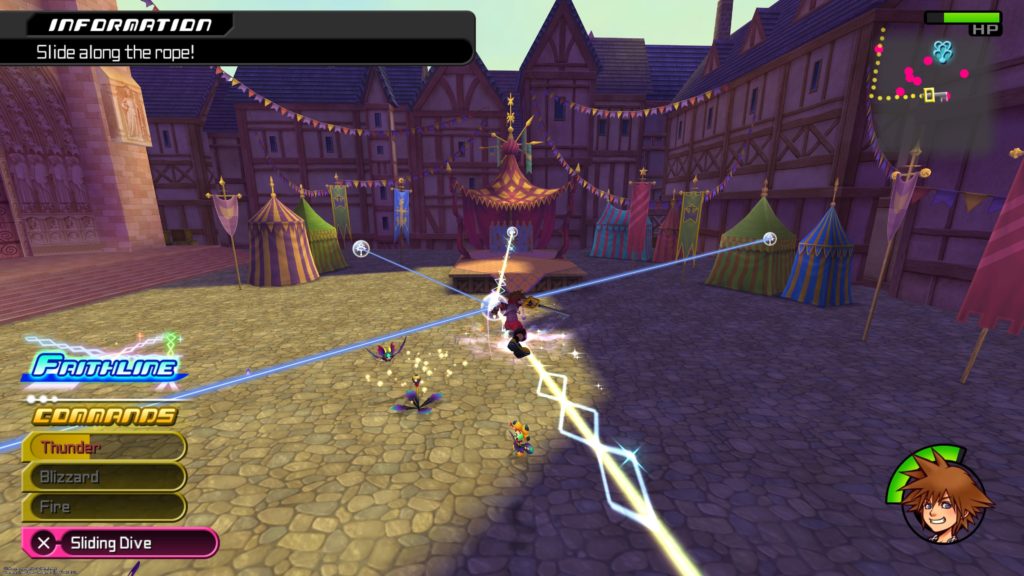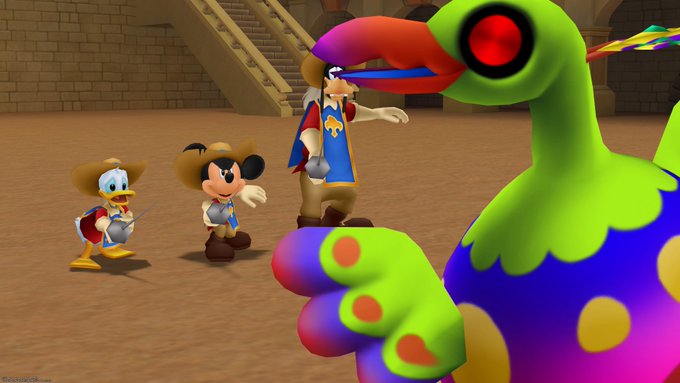- Genre: Platformer
- Platform: PS5
- Also Available On: PS4, Xbox One, Xbox Series, Switch, PC
- Originally Available On: Wii
I bounced off this game HARD when it originally came out. It’s not that the core game wasn’t good, but the forced integration of the Wii Remote really hampered the core painting mechanic. It made the camera miserable to control. It added unnecessary movement to painting. It was just a chore. Moving to standard controls frankly fixed the game.
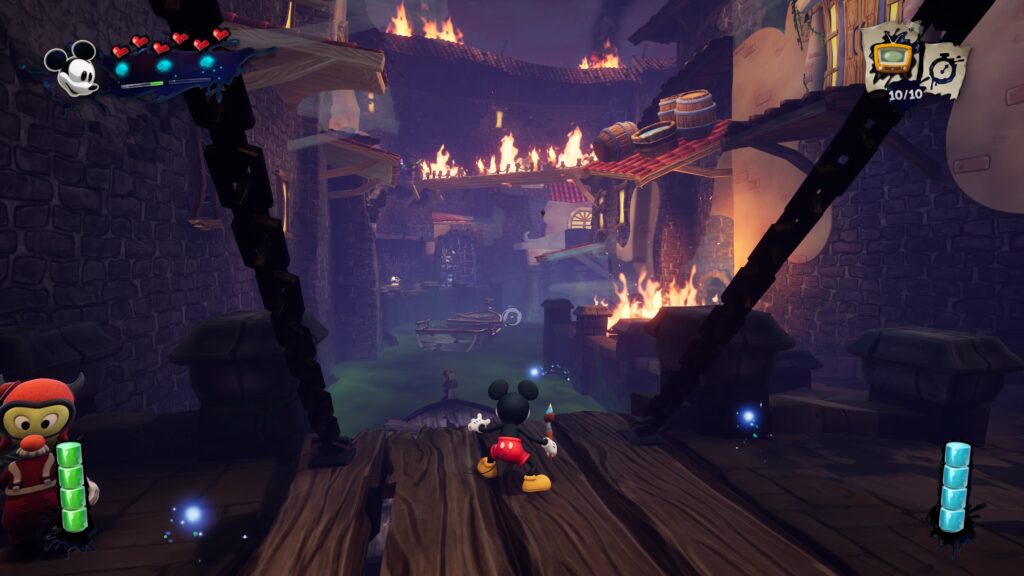
Now I’m not necessarily saying that this is a modern masterpiece or anything but what a difference standard controls make. Platforming when you don’t have a good camera or good control of a camera just ruins the experience. You can’t hit your jumps quite right from lack of depth perception. You fall into danger because you couldn’t really see where you were landing. You get hit with things that weren’t necessarily in your camera view. It’s miserable.
Right on its own, having a camera stick fixes so much. You can run easily in different directions from your intended camera. You can look down when you jump to see the drop shadow for your landing spot. You can pan around during combat to make sure you have eyes on all the enemies. It just makes the game smooth. The worst part is that it’s not like this wasn’t solveable in the original title. Sure, the Wii Remote+Nunchuk combo was necessary as the default, but the Classic Controller add-on existed and offered dual-analog controls that could have been another useful control scheme to be used.
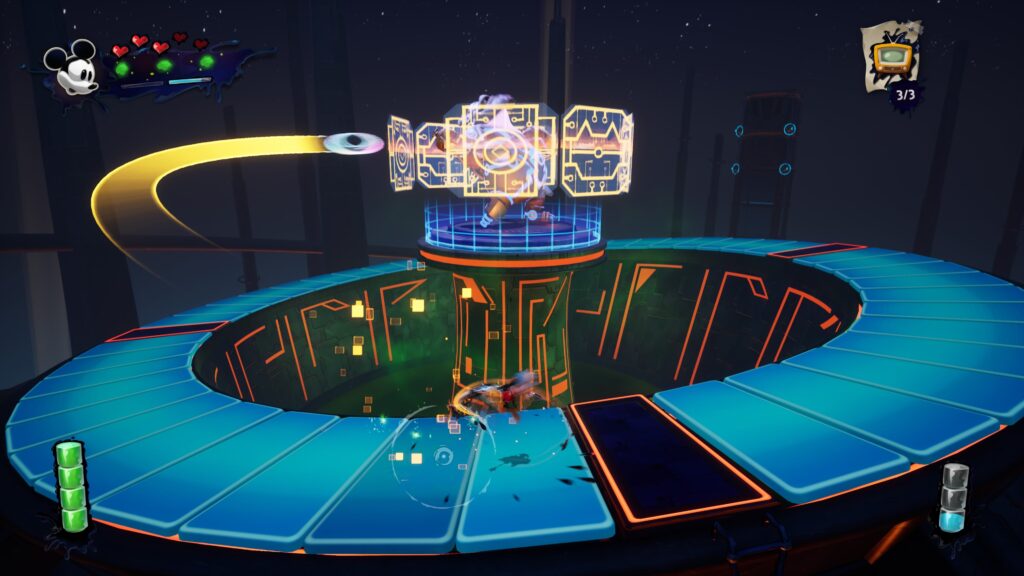
The other thing that really stood out to me was that this went beyond just moving to standard controls – it embraced modern touches with dual analog inputs. Since you no longer have pointer controls for the painting mechanic, it would have been easy for that to be incredibly imprecise. However, the game does two things that really improve the situation to do what I would argue matches the original game’s precision.
The first is simply that there is solid aim correction going on. The actual targetable area of things being painted is a decent amount larger than the actual target, and that sort of slushy space really makes quick targeting a lot more manageable. Obviously, this is something that most modern gamepad action games do, but it’s nice to see it here. The second is perhaps more important. The game just inherently supports motion controls during painting but not during normal movement. This is a really smart integration of that mechanic. Rather than the camera always darting around because of controller movement, the player is left to doing most camera movements on the stick. However, when the painting is activated, the camera stick movement is reduced and motion controls are enabled, allowing for really precise fine-tuned movement. This is a really smart touch as it makes combat precise in ways that even the original didn’t match and elevates it over a lot of “standard” action game control implementations.
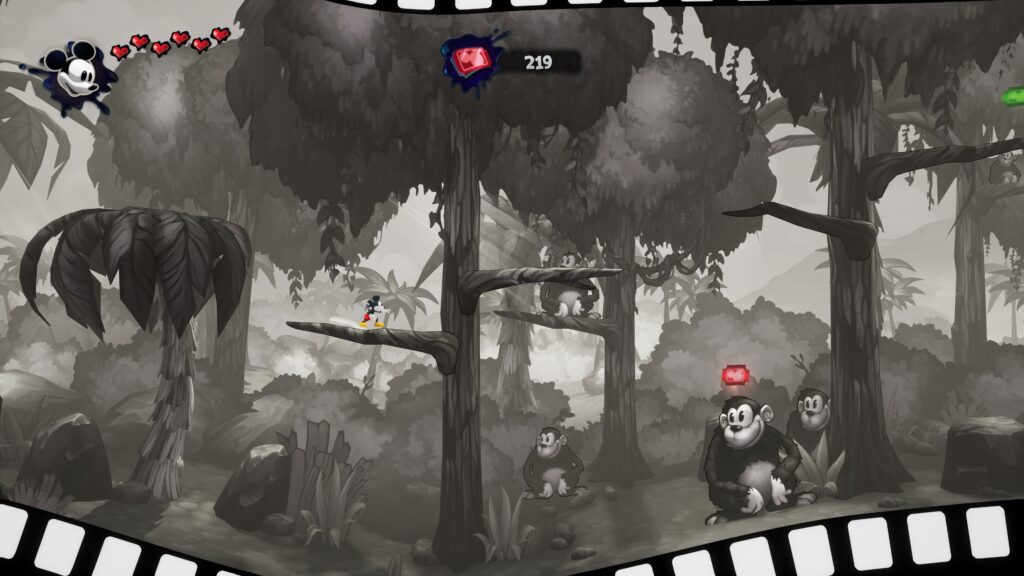
What is on the surface a few small changes to core input really did end up fixing the game for me. It’s not like the original was all bad news anyway. The story and setting are wonderful, and that is still in place. The surprisingly dark story of Mickey effectively starting a cartoon genocide is still all here. It’s elevated by a pretty solid visual overhaul where everything is nice and high detail enough to now be a cartoon styled game in a modern engine. The platforming and combat are still good enough by modern standards and massively helped by the camera, so rather than being a downside it now serves to get out of the way of the really positive elements of the game.
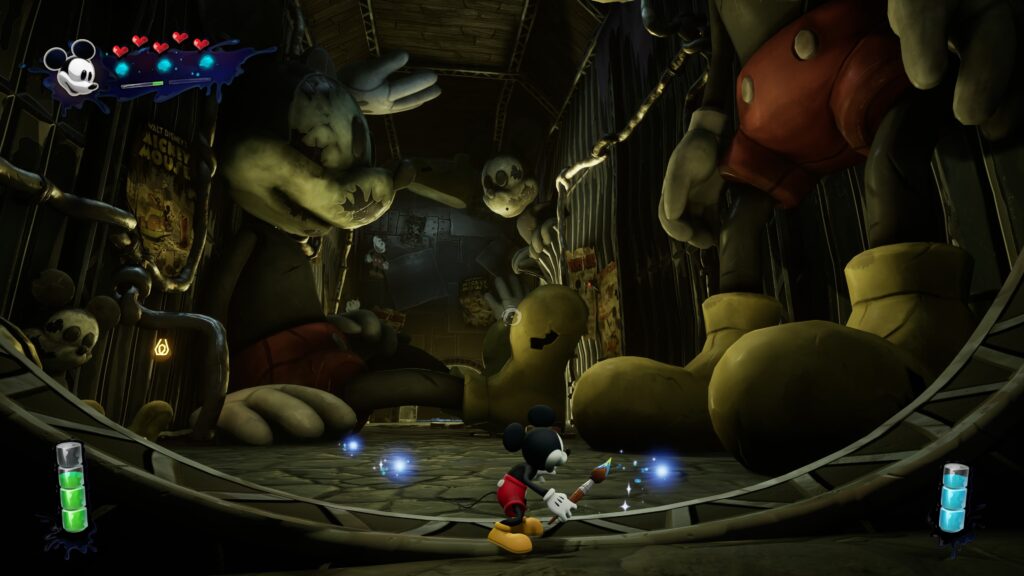
The Wii was an interesting experiment to be sure, but now nearly 20 years later it’s pretty obvious that it didn’t really serve a lot of genres all that well. Wii Sports? Absolutely a banger for the console. First-person shooters? Metroid Prime on the Wii is probably the most precise way to play the game. However, more traditional genres like platformers really suffered from the lack of dual analog, and this is another example of that. Simply by moving to more standard controls, it took a game that had serious issues and made it pretty damn solid. It’s definitely no Mario Odyssey, but this is now a fun game on its own that can be played in a modern way without the frustration of poor input schemes.



